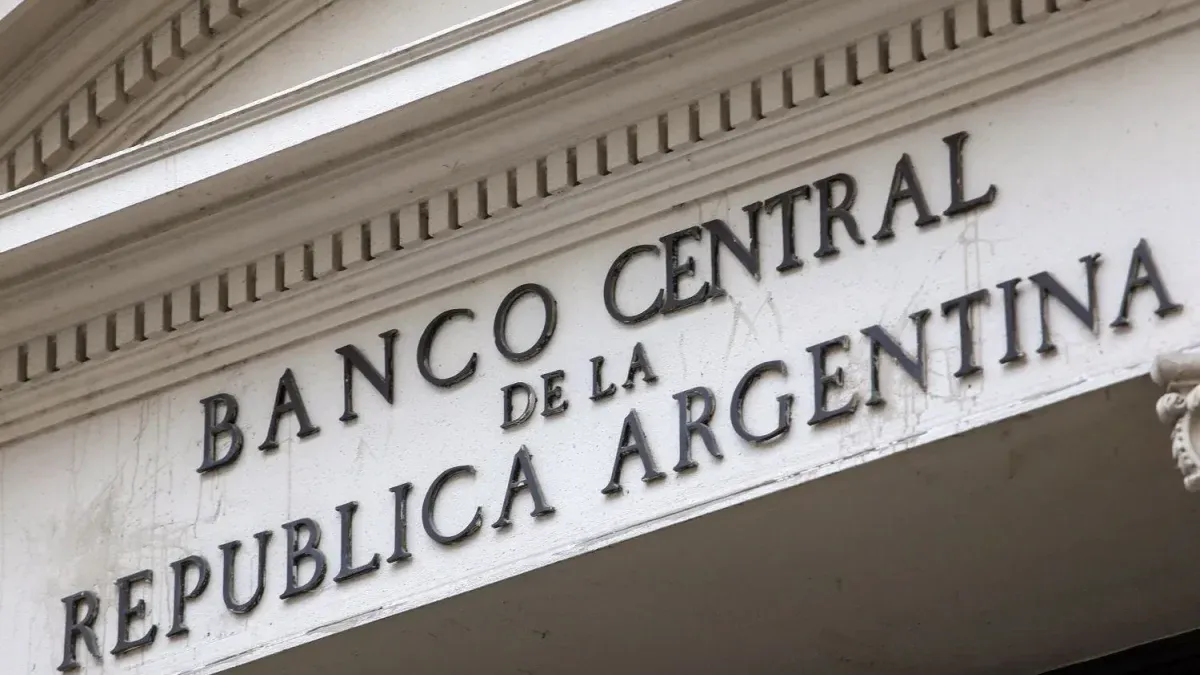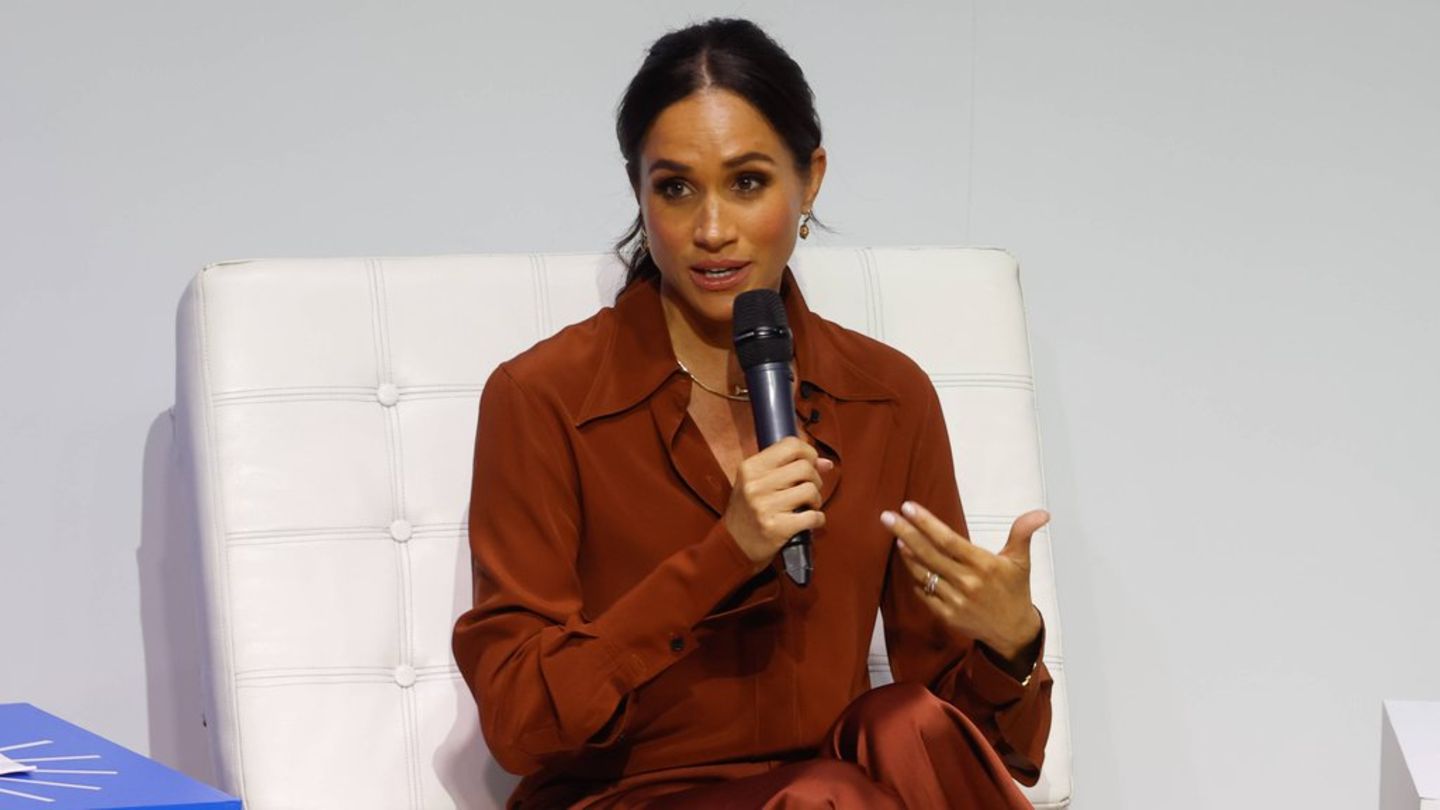In the midst of the exchange tension that triggered the price of parallel dollars, the Central Bank finally managed to complete this Thursday the placement of the total amount planned for series 3 of the BOPREAL. On this occasion, it awarded the US$60.3 million that remained after the previous auction to total the US$3,000 million scheduled.
In this way, after five months, the BCRA managed to complete the award of the US$10,000 million that at the beginning of the current administration had been proposed for the three series of the bond in dollars (which is subscribed in pesos) intended to convey the demand for foreign currency from importers with previous commercial debts as of December 12 and then extended to companies with transfers of profits and dividends pending payment.
The entity chaired by Santiago Bausili reported that, in this week’s tender, purchase bids were received for US$30.8 million from companies with debts for imports and US$60.1 million for profit transfer. “As the demand exceeded the maximum residual emission quota, the award mechanism was pro rata of the amounts demanded,” he said in a statement.
The installation of series 3 was the most costly. Unlike the first two, which sold out in about a month, the third took almost three months. Two factors were combined in this: on the one hand, the characteristics of series 3 made it less attractive than the previous ones for importers (it had longer amortization periods than the second and did not have the tax benefits of the first) and, on the other hand, the reduction of the exchange rate gap registered between February and April because subscribing to the BOPREAL to pay suppliers meant doing so at an implicit exchange rate much higher than the one in force during that period. dollar cash with settlement (CCL).
But the trend changed this month, when the BCRA enabled companies with unpaid dividends and profits to subscribe to the bond. Two weeks ago, these companies subscribed US$1,709 million of BOPREAL series 3 at a time when entering that tender meant accessing an implicit exchange rate of $1,347, that is, 24% above what the CCL was quoted in that moment, according to calculations by Portfolio Personal Investments (PPI). Many took this validation as a preview of the rise of the dollar.
In recent days the rise in parallel exchange rates added some attractiveness to the bond. According to Invertir en Bolsa estimates, for this tender the gap between the dollar implicit in the BOPREAL 3 and the CCL dropped to 5% ($1,318 versus $1,255, respectively).
The role of BOPREAL
With this auction, the BCRA placed the maximum amount of the three Series for a total of US$10,000 million: Series 1 had completed the quota of US$5,000 million and Series 2 that of US$2,000. million, to which were added the US$3,000 million of Series 3. “In this way, outstanding debts with foreign countries have been significantly reduced through a novel instrument that allows, in turn, to absorb an amount of pesos in circulation, contributing to the reduction of the endogenous generation of money,” the Central said in a statement.
BOPREAL was proposed by the economic team, almost from the beginning of the administration, as an important piece of its transition strategy towards the lifting of the exchange rate and a new monetary regime of currency competition. This is the bond designed, initially, for importers with commercial debts prior to December 12, which is subscribed with pesos but is denominated in dollars. From this month, companies whose profits and dividends could not be paid in recent years due to exchange control can also access.
The tool aimed at several fronts at the same time: it was designed to decompress the situation of liabilities for imports (which also continue to grow due to the staggered payment system implemented by the current administration), to aspire pesos and to dollarize a portion of the debt remunerated by the BCRA.
With the possibility of companies also accessing it to channel the payment of dividends and profits, the economic team sought to decompress another avenue of pent-up foreign currency demand for when it is decided to open the stocks.
In fact, it was the problem of dividends that was mentioned by Javier Milei as one of the three obstacles to be resolved before lifting exchange restrictions, along with paid liabilities and BCRA puts. However, this Tuesday at the IAEF congress, both Milei and Luis Caputo said that there is still no defined date for the opening of the stocks. The Minister of Economy added that he is still far from having sufficient reserves to do so and once again placed his expectations on the negotiation with the IMF for new disbursements.
Source: Ambito
I am a 24-year-old writer and journalist who has been working in the news industry for the past two years. I write primarily about market news, so if you’re looking for insights into what’s going on in the stock market or economic indicators, you’ve come to the right place. I also dabble in writing articles on lifestyle trends and pop culture news.




